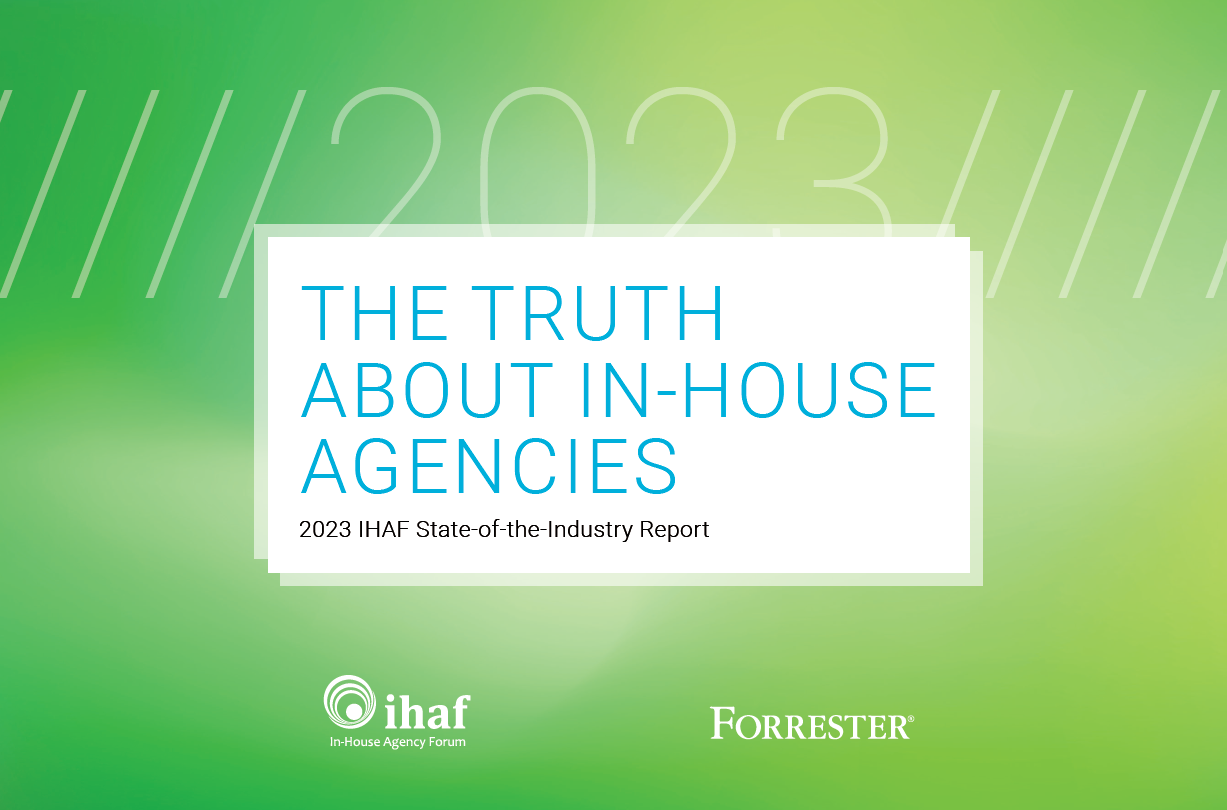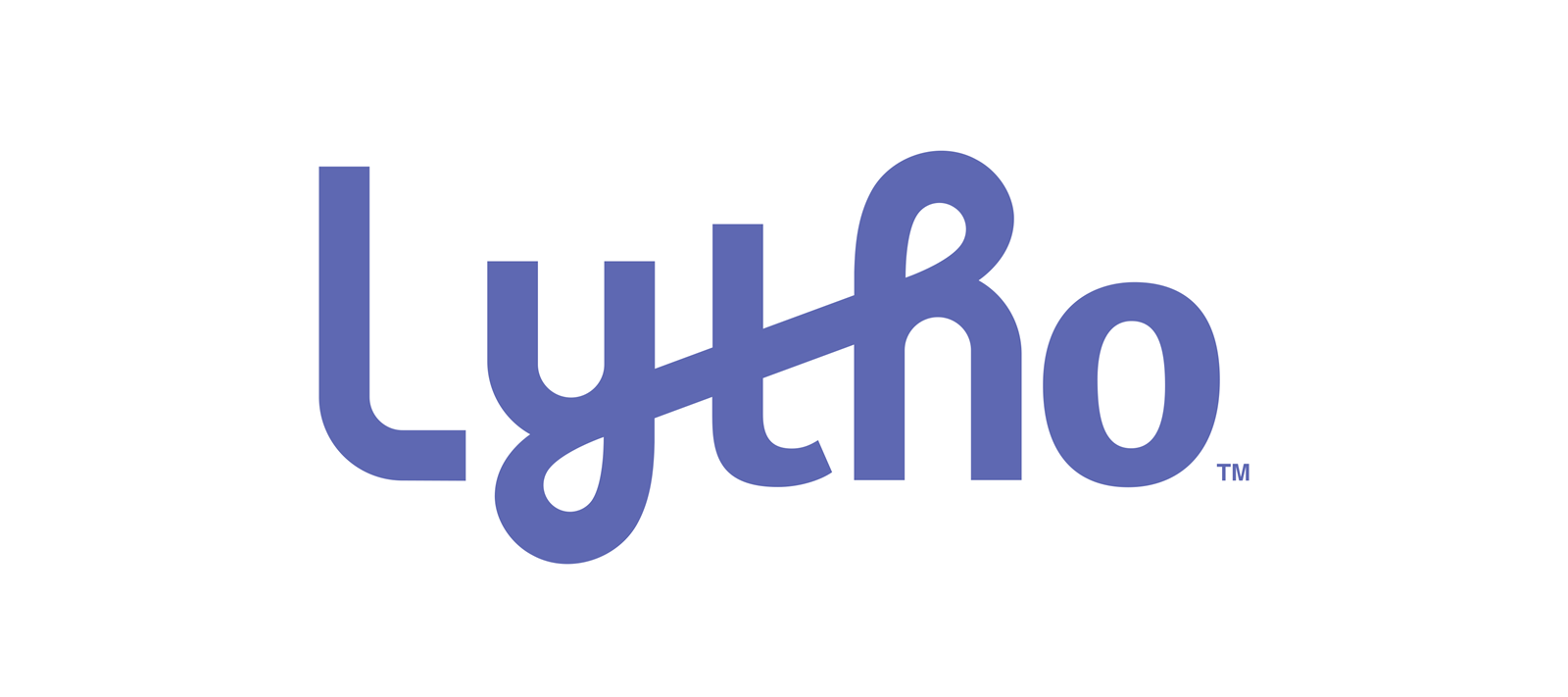Programmatic Options Have In-House Appeal

Since 2010, the programmatic advertising category has steadily increased in prominence. Indeed, eMarketer data shows that programmatic activity has been responsible for more than 70% of the U.S. digital display market since 2016. And, the dollars involved are significant. U.S. companies will spend nearly $40 billion on display advertising this year with programmatic translating to nearly half of total digital ad budgets.
Not only that, recent surveys suggest that more brands are looking to bring programmatic in house. A report from Infectious Media indicates that many marketers (more than 4 out of 5) want increased control over their programmatic efforts, while fewer than 2% of respondents have actually taken the steps to make it happen. It’s no wonder why brands have been scrambling to figure out the best way to manage programmatic.
Throughout this process, an age-old dilemma has surfaced: Should programmatic activities be handled by external agency partners or internal marketing staff? More succinctly, should it be managed in house or out?
While this question isn’t unique to programmatic advertising—marketing execs are constantly evaluating the benefits of sourcing myriad marketing functions (media buying, creative, technology management) via internal or external resources—this particular category is a hot-button item for three main reasons:
1.) First, programmatic has grown dramatically over the past few years, and increased spending of this kind is gaining the attention of non-marketing execs including CFOs and even CEOs.
2.) Second, since the release of the 2016 ANA Media Transparency Report, which revealed how external agencies concealed financial data about advertising spend and transactions, mistrust lingers that agencies are not equipped with transparently measures and programmatic reporting.
3.) And third, if you can’t be completely comfortable sharing your first-party data about customers with your agency partners, the relationship and the media strategy won’t be efficient.
While such factors may have forced marketing executives to assess alternatives to their programmatic strategies, there are other considerations too. Given digital advertising’s rapid ascent from a tiny sliver of the ad business in 2001 to capturing one third of overall dollars in 2017, it’s not surprising that today’s marketplace has a few blind spots. Indeed, while online advertising may be more effective than offline in many sectors, it still has its problems.
It is through this lens that many of today’s brands are evaluating bringing programmatic media management in house. The appeal of insourcing is not unique to programmatic however—including the promise of greater control over data, increased financial transparency, and the possibility of reduced costs. Others advantages are brand safety and minimization of ad fraud.
So, why have fewer than 2% of companies brought programmatic advertising completely in house and what are the benefits of working with an external partner?
A Complex Environment. The current state of the marketing and advertising technology category (coined “martech” or “adtech”) is complicated, populated with at least 5,000 companies—many of which are sophisticated and deep-pocketed, and understand how to empower vast telemarketing teams to flood voicemail boxes with enticing messages promoting their solutions. It’s challenging for even the most experienced marketing manager to separate the wheat from the chaff. Marketing experts who work with not just a handful, but dozens of technology concerns, can help brands make good decisions based on their unique requirements.
The Stakes Are High, and Growing. Programmatic currently accounts for 5-25% of most marketing groups’ advertising activities. While this degree of penetration is significant, it is also expected to increase—and for some types of organizations (especially B2C), it is anticipated to expand by two-to-three times annually in the short term. Establishing a solid base to build upon will affect the health of marketing organizations for years to come.
Insurance Policy. The only thing we know for sure about the programmatic marketplace is that it’s going to evolve quickly and change dramatically in the coming months—yes, months. At its core, it is a technology industry, and in no other sector is merger and acquisition activity so prolific. Given its current scope of 5,000+ identifiable companies, consolidation is either imminent or in progress. The careers of many senior marketers will depend on the technologies they select for their corporations (as was the case for IT managers a decade ago, choosing among SAP, PeopleSoft, Oracle, and others). Having a trusted advisor involved in a programmatic transition not only ensures that the short-term project needs are addressed successfully, but that an expert is at the ready should an unexpected event require a change in strategy.
As much as having more control and transparency over programmatic media buying makes sense, the required investment in talent and expertise to navigate the ecosystem should not be overlooked. For now, brands should consider a hybrid model where they own the contracts and data and their agency partner owns the rest, at least for the foreseeable future.
Adam Cahill is the President of Digilant US and CEO of Anagram. A 20-year veteran of the digital industry, he went all-in on programmatic in 2009, launching one of the first agency trading desks. Before joining Digilant, Adam founded Anagram, a programmatic media consultancy. Previously, he served as Chief Digital Officer at Hill Holliday and SVP/General Manager of Carat in Boston. Adam has been named a Media All-Star by Adweek, a Media Maven by the Ad Club, and has led teams that have twice been named Media Agency of the Year.
- advertising,
- agency,
- anagram,
- brand,
- cahill,
- client,
- CMO,
- content,
- corporate,
- creative,
- customers,
- digilant,
- digital,
- IHAF,
- in-house,
- insource,
- internal,
- leadership,
- management,
- marketing,
- media,
- membership,
- networking,
- outsource,
- professional,
- programmatic,
- social,
- strategy,
- tactics,
- transparency,
- trends
Recent Posts

In-House Data: Fact or Fiction?
October 16, 2023
I’m going to be honest with you, which I always am but this time it’s scary honesty. There are a lot of in-house agency research reports out there. And not all of them contain data that are close to the integrity of the studies IHAF publishes—the next of which drops at the IHAF conference on …

IHAF Wrapped
December 20, 2023
One of our favorite things to do at year-end is look back at the events, presentations, and online resources our members tapped most. (Why should Spotify have all the fun?) Here are a few of your favorites in 2023:
• New Assortment of Org Charts Download • Updated Job Profiles …



















%20(1).pdf%20-%20Copy.jpg)

%20(1).png)


No Reader Comments